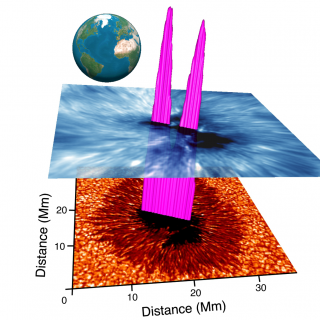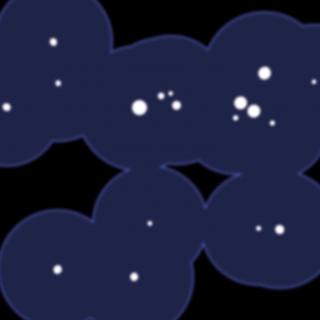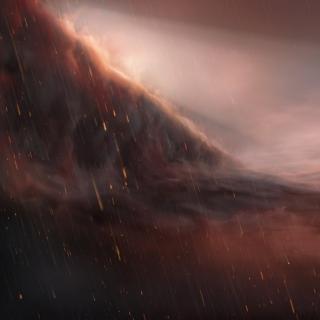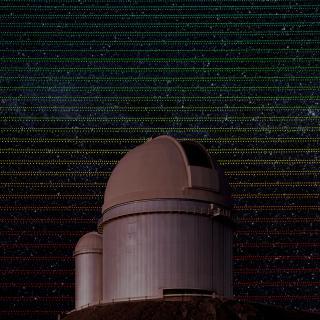
Sunspots are intense collections of magnetic fields that pierce through the Sun’s photosphere, with their signatures extending upwards into the outermost extremities of the solar corona. Cutting-edge observations and simulations are providing insights into the underlying wave generation, configuration and damping mechanisms found in sunspot atmospheres. However, the in situ amplification of magnetohydrodynamic waves, rising from a few hundreds of metres per second in the photosphere to several kilometres per second in the chromosphere, has, until now, proved difficult to explain. Theory
Advertised on




